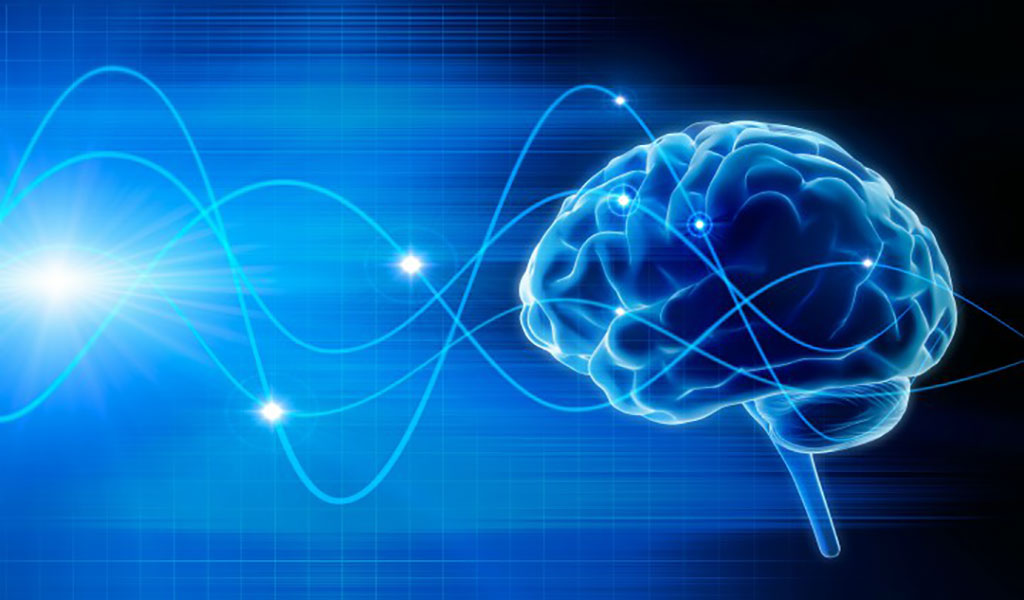Optical MEG Sensor Detects Weak Brain Waves
By MedImaging International staff writers
Posted on 14 Dec 2020
An optical magnetoencephalography (MEG) sensor can help detect signs of traumatic brain injury (TBI), dementia, and schizophrenia, according to a new study.Posted on 14 Dec 2020
Developed at the University of Birmingham (UB; United Kingdom), the new sensor is based on an optically pumped magnetometer (OPM) that utilizes a nonlinear magneto-optical rotation (NMOR) technique, with polarized light used to detect changes in the orientation of atom spin when exposed to a magnetic field. The sensor head, which contains only optical, non-ferrous elements, is connected to a module that holds all the electronic components located outside the magnetically shielded room to further reducing crosstalk.

Image: Optically pumped magnetometer sensors could detect brain injuries on-site (Photo courtesy of UB)
Using the OPM sensor, the researchers were able to detect auditory evoked fields in a background field of 70 nT, suggesting it could be used for MEG testing outside of a specialized unit, or even in a hospital ward. When it was benchmarked against conventional superconducting quantum interference device (SQUID) sensors, performance was comparable. The researchers further demonstrated that the OPM sensor could detect brain oscillation modulations in the alpha band. The study was published on October 24, 2020, in NeuroImage.
“Existing MEG sensors need to be at a constant, cool temperature and this requires a bulky helium-cooling system, which means they have to be arranged in a rigid helmet that will not fit every head size and shape. They also require a zero-magnetic field environment to pick up the brain signals,” said lead author Anna Kowalczyk, PhD. “Testing demonstrated that our stand-alone sensor does not require these conditions. Its performance surpasses existing sensors, and it can discriminate between background magnetic fields and brain activity.”
“We know that early diagnosis improves outcomes and this technology could provide the sensitivity to detect the earliest changes in brain activity in conditions like schizophrenia, dementia, and ADHD,” said study co-author Professor Ole Jensen, PhD, co-director of the UB Centre for Human Brain Health. “It also has immediate clinical relevance, and we are already working with clinicians at the Queen Elizabeth hospital to investigate its use in pinpointing the site of traumatic brain injuries.”
MEG systems have traditionally been based on very sensitive magnetometers cryogenic sensors which detect the small extracranial magnetic fields generated by synchronized current in neuronal assemblies. Newer non-cryogenic quantum-enabled sensors are based on OPMs. This allows for a millisecond-by-millisecond picture of which parts of the brain are engaged when different tasks are undertaken, such as speaking or moving.
Related Links:
University of Birmingham














